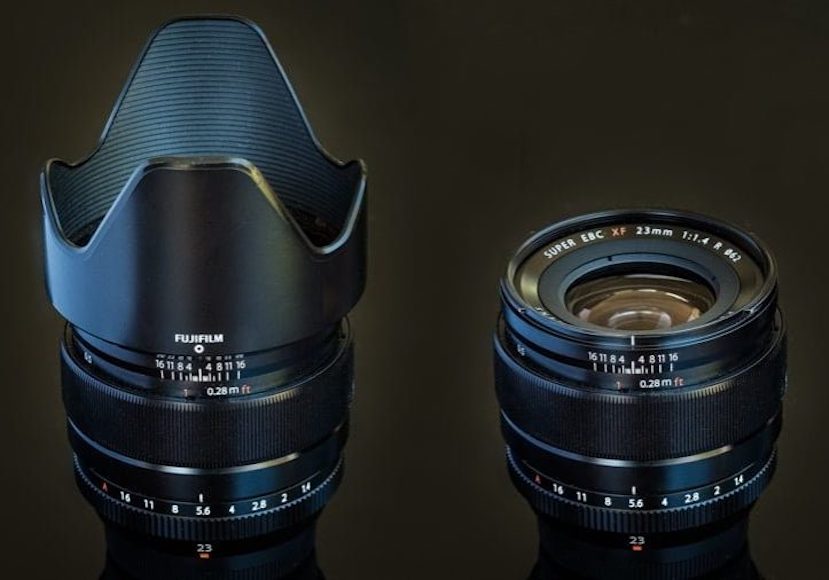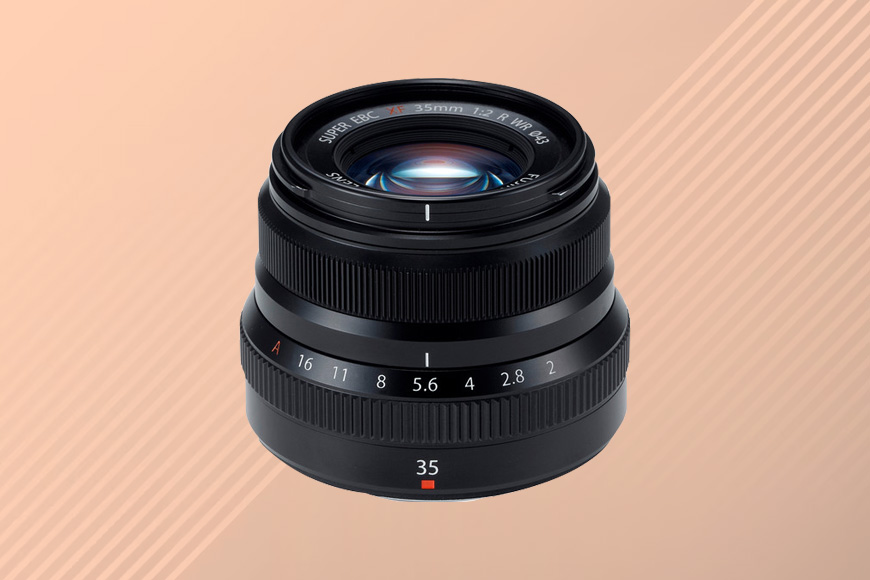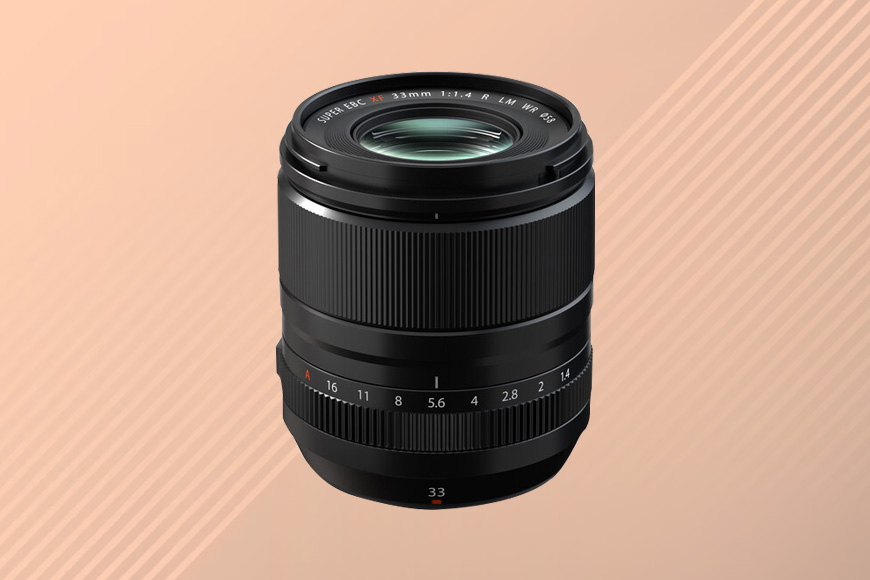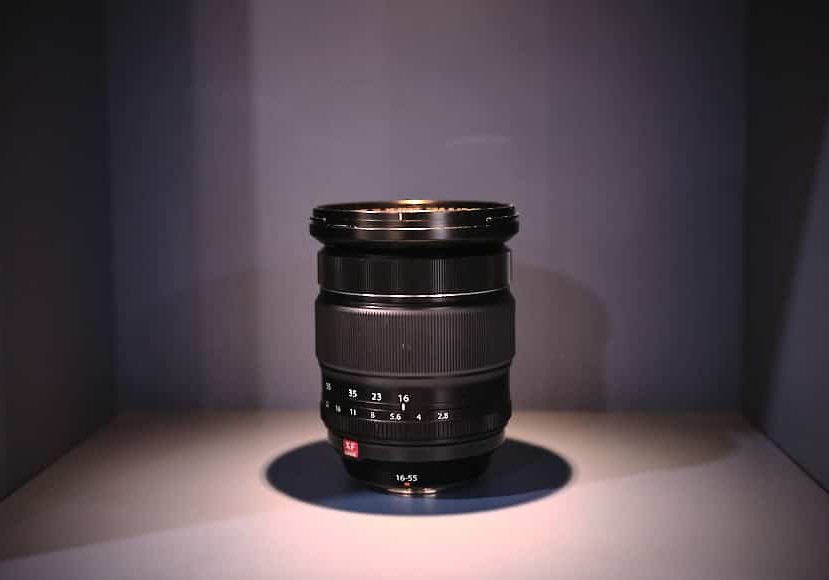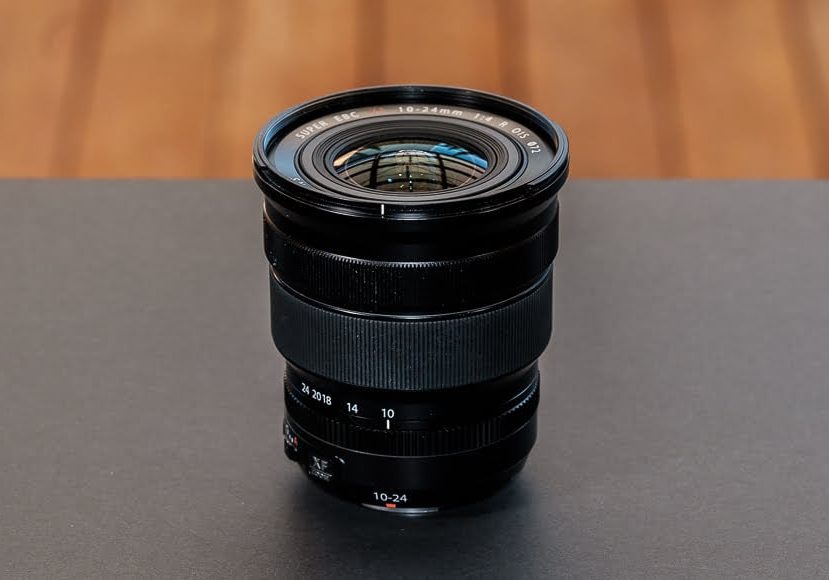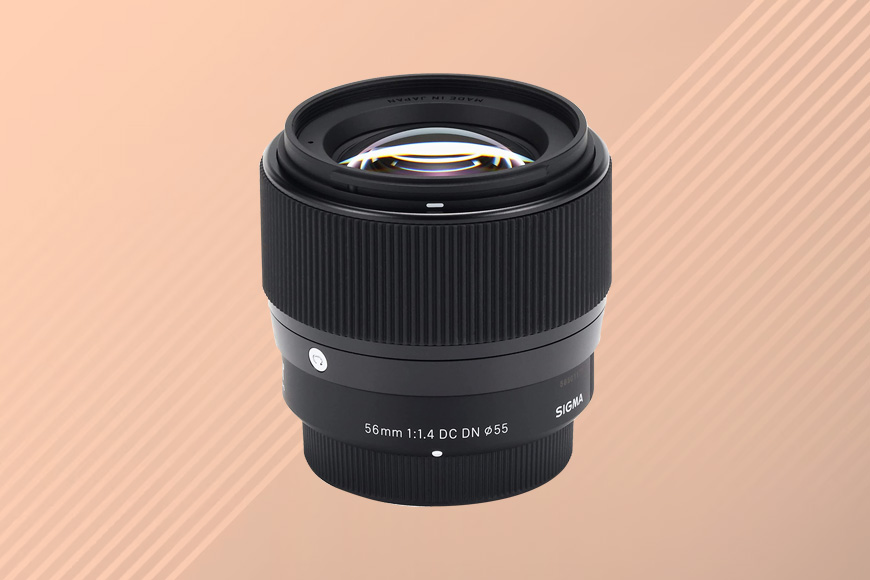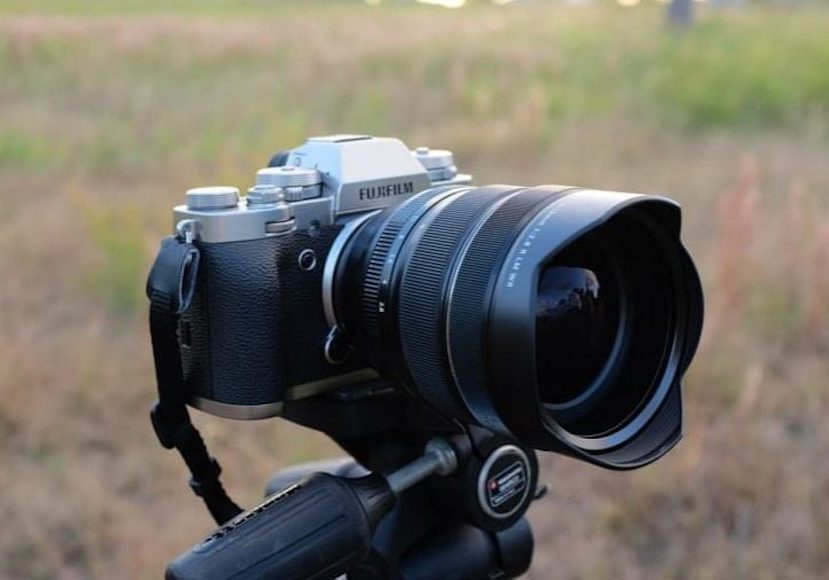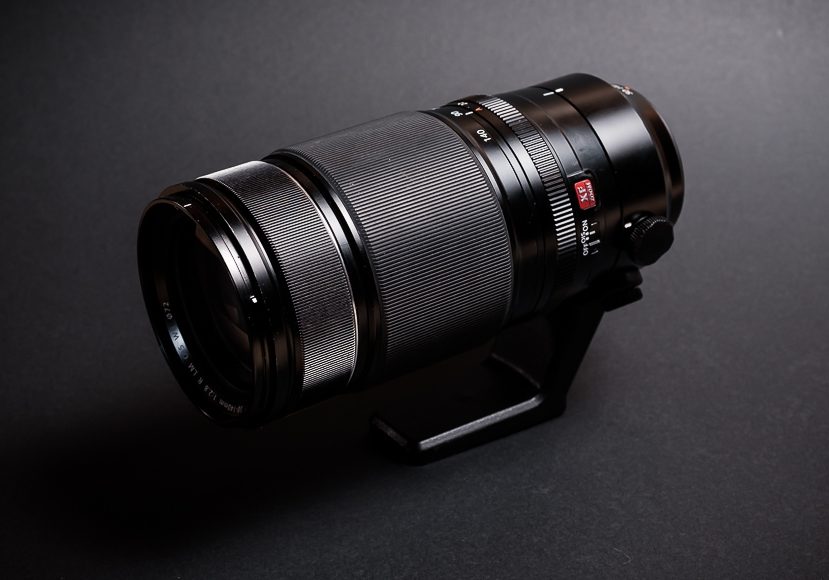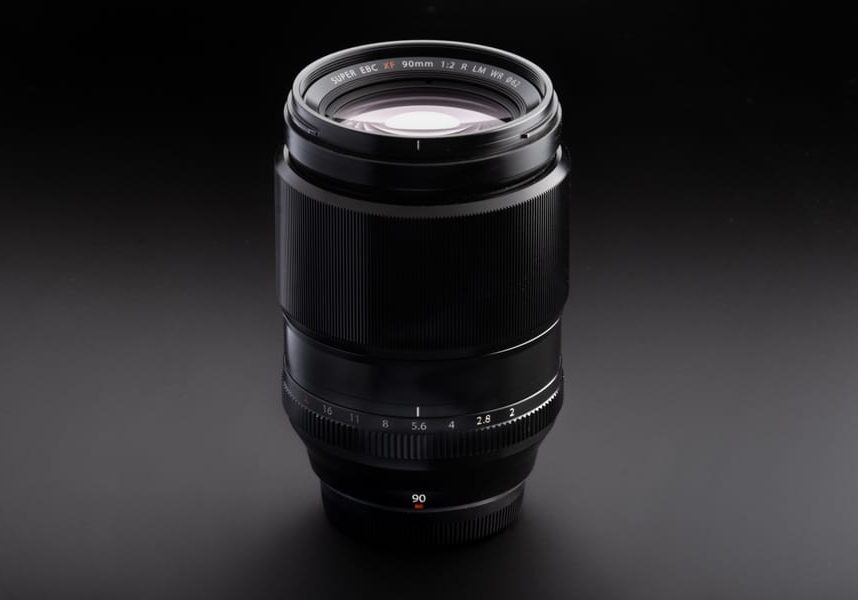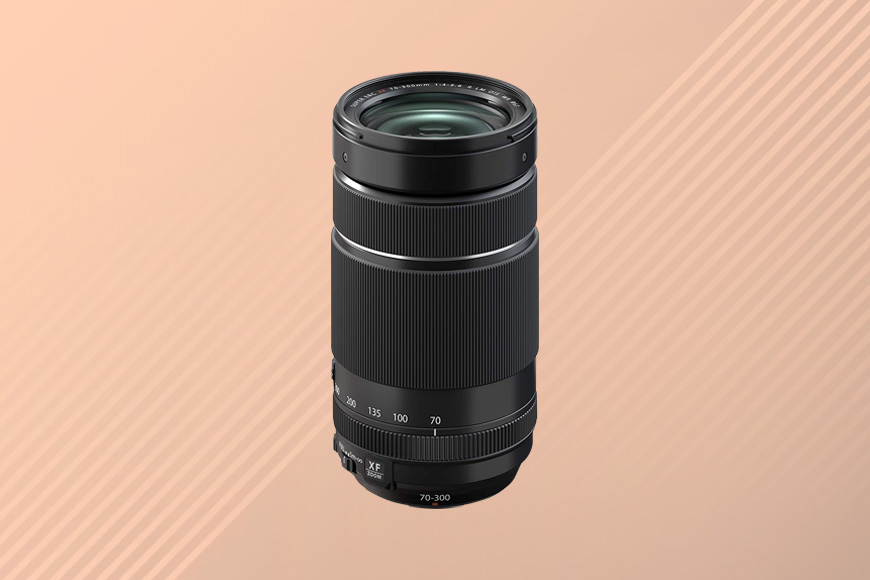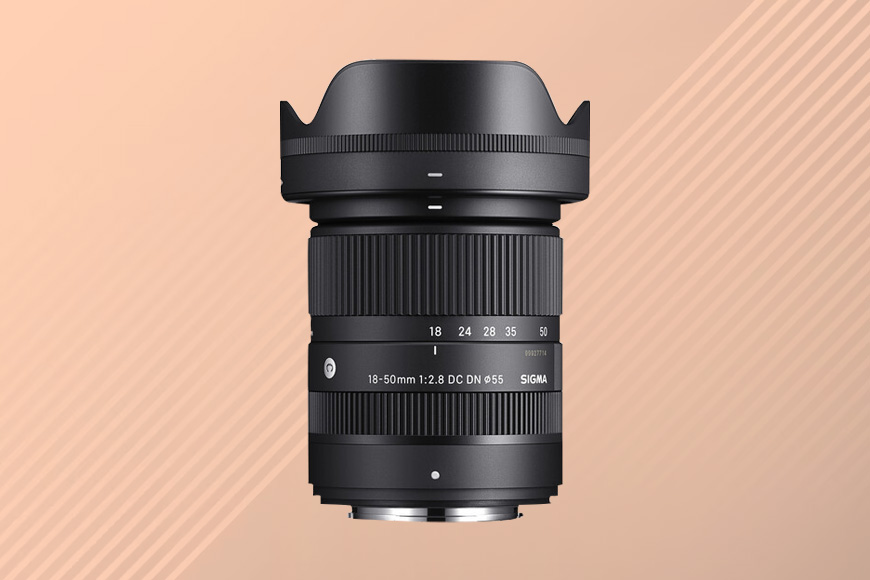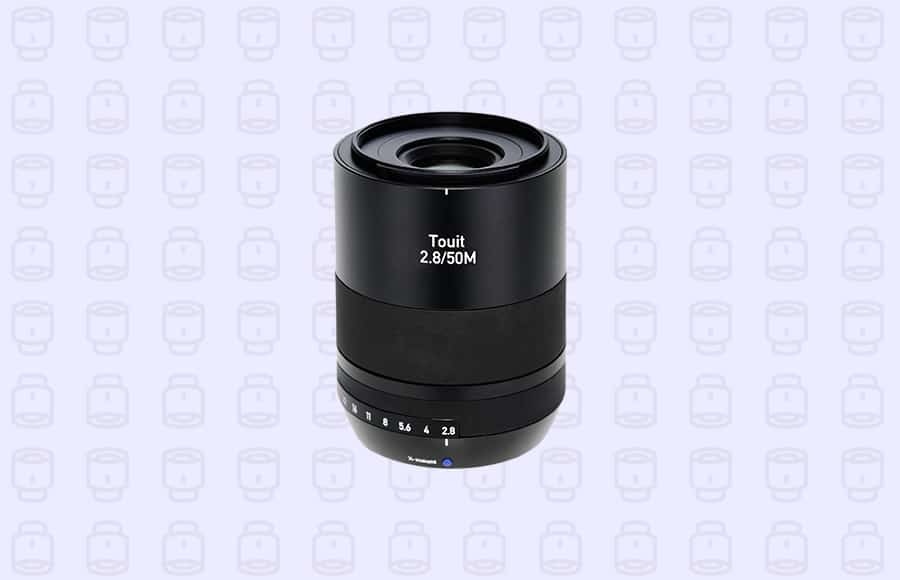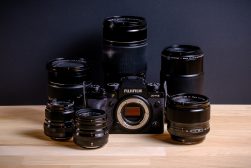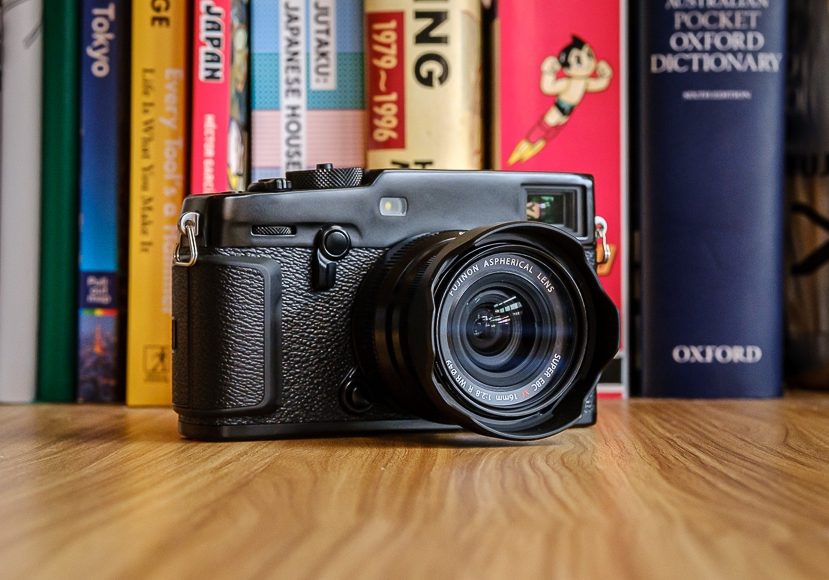
12 Best Lenses for the Fujifilm XPro 3 in 2023
The Fujifilm X-Pro 3 is a unique camera which you either love or hate. For all those that love it, here's a list of lenses that work really well with it.
I had to be strict when writing this guide to the best lenses for the Fujifilm XPro 3.
With all the amazing Fuji lenses on offer in 2023, it’s hard to decide what models to exclude from a list like this!
However, the key factor when choosing the best Fuji X-Pro 3 lenses is size.
The rangefinder-like form factor of this unique mirrorless camera means smaller lenses are definitely better suited.
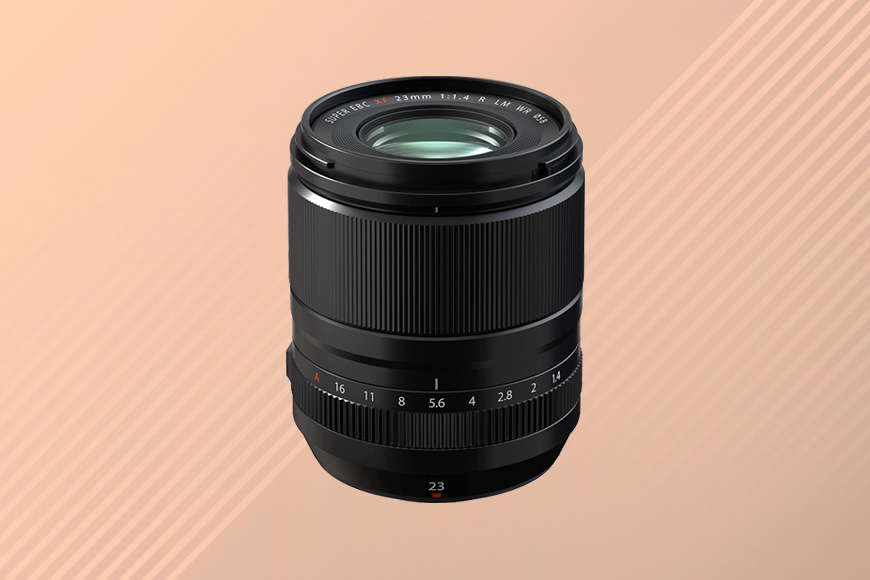
Combination of versatile 35mm-equivalent focal length and fast f/1.4 aperture makes this weather-resistant lens a firm everyday favorite for the X-Pro 3.
However, some Fuji owners like using telephoto zooms, so I’ve included some larger Fujinon lenses to choose from too.
I love shooting with the X-Pro 3 – being able to hide the rear LCD keeps me in the moment, reminiscent of my film photography days.
Pairing the X-Pro 3 with one of the prime lenses below makes it a street photographer’s dream.
Let’s take a closer look at my favorites.
Table of Contents
What are the Best Lenses for Fujifilm X-Pro 3 in 2023?
| Image | Product | Features | |
|---|---|---|---|
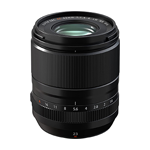 | Fujifilm XF 23mm f/1.4 R LM WR BEST OVERALL |
| Check Amazon Price → Check B&H Price → |
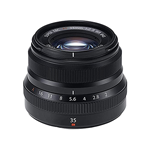 | Fujifilm XF 35mm f/2 R WRBEST BUDGET PRIME |
| Check Amazon Price → Check B&H Price → |
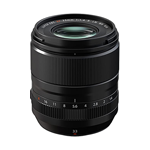 | Fujifilm XF 33mm f/1.4 R WR |
| Check Amazon Price → Check B&H Price → |
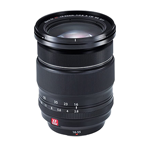 | Fujifilm XF 16-55mm f/2.8 R LM WRBEST WALK-AROUND ZOOM |
| Check Amazon Price → Check B&H Price → |
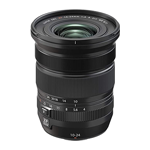 | Fujinon XF 10-24mm f/4 RBEST VALUE WIDE ANGLE ZOOM |
| Check Amazon Price → Check B&H Price → |
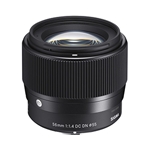 | Sigma 56mm f/1.4 DC DNBEST PORTRAIT LENS |
| Check Amazon Price → Check B&H Price → |
 | Fujifilm XF 8-16mm f/2.8 R LM WRHIGHEST QUALITY WIDE ANGLE ZOOM |
| Check Amazon Price → Check B&H Price → |
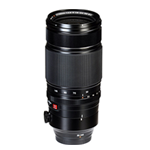 | Fujifilm XF 50-140mm f/2.8 R LM OIS WRBEST MID-RANGE ZOOM |
| Check Amazon Price → Check B&H Price → |
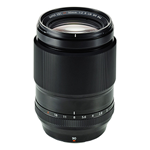 | Fujifilm XF 90mm f/2 R LM WRBEST TELEPHOTO PRIME |
| Check Amazon Price → Check B&H Price → |
 | Fujifilm XF 70-300mm f/4-5.6 R LM OIS WRBEST LONG-RANGE ZOOM |
| Check Amazon Price → Check B&H Price → |
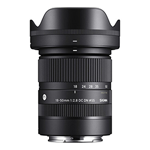 | Sigma 18-50mm f/2.8 DC DNBEST VALUE SHORT-RANGE ZOOM |
| Check Amazon Price → Check B&H Price → |
 | Zeiss Touit 50mm f/2.8 MacroBEST MACRO LENS |
| Check Amazon Price → Check B&H Price → |
Fujifilm XF 23mm f/1.4 R LM WR (Best Overall Lens for Fujifilm X-Pro 3)
- Image quality is very sharp
- Works well with OVF
- Almost no chromatic aberration
- Weather resistant
- Autofocus accuracy can sometimes be a problem
This 23mm lens is an update to Fuji’s 2014 model and, due to its small size, pairs well with the XPro 3’s optical viewfinder.
It’s a focal length that is ideal for everyday shooting, and its large aperture gives you enough speed for shooting indoors and in low-light situations.
At 375g, this fully weather-resistant bad boy, has a pleasant weight, without being too heavy. It balances nicely on the XPro 3’s body.
In use, the aperture and manual focus rings are smooth and easy to find without looking. Good news for videographers, too – the autofocus is quick and silent, and there’s almost no lens breathing.

Fuji 23mm f/1.4 sample image: John Platt
Add to this great optical sharpness, contrast, and virtually no chromatic aberration, and you hold in your hand (or on your camera) a significant improvement on the previous model.
Although there’s another 23mm Fuji lens that has an f/2 maximum aperture which is cheaper, has faster AF and is lighter, I recommend you get this f/1.4 variant for that amazing bokeh and low light performance.
Fujifilm XF 35mm f/2 R WR (Best Budget Prime)
- Sharp images
- Great build-quality
- Quick autofocus
- Weather sealed
- No optical image stabilization
- Some chromatic aberration
Here is another lens that works well with the XPro 3’s OVF. It doesn’t work quite as well as the 23mm, but that’s to be expected given the slightly larger size of the lens body.
At 35mm it’s the kind of focal length that will let you comfortably shoot a range of subjects, and the wide aperture allows you to get creative using depth of field and shoot in low-light conditions.
Despite its light weight (170g) the Fujifilm 35mm f/2 R WR still feels solid, and it handles and balances well with the XPro 3. Its size/weight make it a great Fuji lens for travel.
Fuji’s lenses are known for their image quality, and this prime is a good example.
Despite a little chromatic aberration when shooting wide open, it creates image files with punchy contrast which are sharp across the frame.
Fujifilm XF 33mm F1.4 R WR
- Good quality autofocus
- Great build quality
- Excellent optical quality
- Autofocus silent and fast
- Focus motor can be a little jerky and inaccurate
The Fujifilm XF 33mm F1.4 R WR is a weather-sealed piece of kit with the build quality that Fuji is famous for.
Take that aperture ring between your fingers and feel the steady, reassuring click as it turns. Or don’t. If you’re one of those photographers who like to control their aperture settings in-camera, lock the aperture ring.
The image quality of this lens is very good. There is a little softness at the edges when using larger apertures, but at f/2.8 it’s sharp all the way to the edge of the edges.
Good colours and contrast dwell in this lens, as they often do with Fuji. You’re also going to get good quality bokeh, no light flaring in low light, and very little chromatic aberration, even when shooting wide open.
And yes, this is also a lens that will work well with the XPro 3’s optical viewfinder.
Fujifilm XF 16-55mm F2.8 R LM WR (Best Walk-Around Zoom)
- Good optical quality
- Pro feel and performance
- Minimal glaring and highlight smearing
- No focus breathing
- No image stabilization
- Zoom ring can be a little stiff
- Bulky on the X-Pro3
The Fujifilm XF 16-55mm F2.8 R LM WR is aimed in price and features more at the pro photographer. As such, it’s a great lens for photojournalism or weddings, when all you have is a trusty X-Pro 3.
Having said that, if you have the budget, what’s good for the pros is also good for you too!
This is the kind of zoom range that will pretty much allow you to shoot anything you want when you’re out and about: landscapes, cityscapes, street scenes, and portraits.
As for image quality, well, there’s good image sharpness and contrast across the focal length.
A little softness creeps in when fully zoomed in at 55mm, but that’s fine. 55mm is a perfect focal length for portraits, the kind of shots that don’t necessarily need to have super-sharp edges.
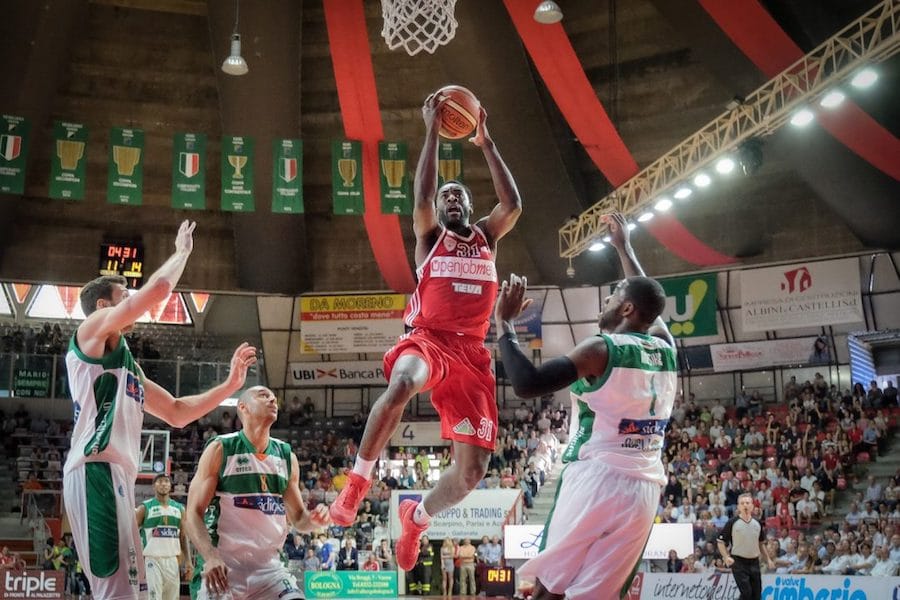
Fujifilm XF 16-55mm sample image: Simone Raso
Not only is this a good lens for photographers, but videographers will be happy too. Not all lenses have autofocus that works so well in both modes, but this does; fast, accurate, and with zero focus breathing.
Obviously, as this is a zoom lens, it doesn’t feel great when mounted to the X-Pro 3, but if you need the versatility of a mid-range zoom for everyday shooting, this can’t be beaten.
For those on a tighter budget, there is a less expensive equivalent, the Sigma 18-50mm below.
Fujinon XF 10-24mm F4 R (Best Value Wide Angle Zoom)
- Weather sealed
- Great autofocus
- Zero focus breathing
- Extremely good low-light performance
- No image stabilization switch on lens
- Some jerkiness with the focus ring
- Exposure jumping can occur when zooming in or out
This is a recent update to one of the most popular lenses with Fuji users, and the good news is that those Fuji-ists are even happier with this new iteration.
It has lightning-fast, silent, and accurate autofocus, and Fuji’s beloved manual aperture ring, which can also be locked for those who want to control this in-camera.
The focal length gives shooters a broad range of zoom, so it’s a versatile lens and fun to use.
Improvements to design mean that it’s now weather-sealed, which is great news, especially for street or landscape photographers who want to shoot in any weather.
Its image stabilization capabilities are among the best out of all the lenses in this guide, although it doesn’t have a switch on the lens to control this, and has to be done in the camera’s menu.
As with the other Fujifilm zoom lenses on this list, the 10-24mm f/4 makes the Fujifilm X-Pro3 feel rather bulky, much like a DSLR… but if you need a zoom, there’s no way around it… unless you want to swap to an X-T5!
Sigma 56mm f/1.4 DC DN (Best Portrait Lens)
- Sharp images
- Feels solid in use
- Good low-light performance
- Excellent bokeh
- Great value for an f/1.4 lens
- No image stabilization
- Autofocus is a little noisy and not so quick
This compact Sigma offering just about squeaks in as a lens that could work well with the Xpro 3’s OVF.
It’s right on the border though, so you might want to switch to EVF at this point.
With its f/1.4 aperture, it’s fast, separates subjects well from their backgrounds, and also works great in low-light settings.
It feels good in the hand too, with a nice heft and solid build.
Most of the lens casing is comprised of a rubberized focus ring which, as well as providing good grip, moves the focus smoothly thanks to the lens’ responsive focus motor.
The image quality is exceptional. There is a little softness at the edges at f/1.4, but this is not a problem for portraits and can often be a plus, helping draw the viewer’s attention to the centre.
Fujifilm XF 8-16mm F2.8 R LM WR (Highest Quality Wide Angle Zoom)
- Superb build quality
- Extremely fast and accurate autofocus
- Fantastic optical quality
- Gives full-frame capabilities
- Expensive
- No filter threads, needs clip-ons
- Manual focus can feel a little loose
- No image stabilization
This is quite a heavy lens for use on a small body like the Fujifilm X-Pro 3, but its wide-angle capabilities, build, and optical quality, might sway some Fuji shooters.
It’s a niche lens, existing to unlock the ultra-wide-angle range for those who don’t want to buy full-frame systems, but for anyone looking for that range, its size is a compromise X-Pro 3 owners will have to make.
The lens has great resolution and contrast and the images are sharp pretty much to the edges of the frame even when shooting wide open.
And, despite it not being the fastest lens on the block, it has surprisingly good low-light performance, so it could be ideal for those dark times when you want to shoot a wide view, for example, astral photography or nighttime cityscapes.
One thing that potential buyers should note, though, is the lack of image stabilization in a wide-angle lens at this price point.
While it won’t be a deal-breaker for many people, stabilization is a real help for shooting landscapes, especially without a tripod.
Fujifilm XF 50-140mm F2.8 R LM OIS WR (Best Mid-Range Zoom)
- Image stabilization
- Razor-sharp images across the frame
- Great build and optical quality
- Quick autofocus
- Moderate focus breathing
- Autofocus a little noisy
- Heavy
The Fujifilm XF 50-140mm F2.8 R LM OIS WR is a super-useful zoom range for all sorts of photography, including weddings, events, and street or portrait photography
It has a good weight and feel which, although it will balance more on Fuji’s larger bodies, is also fine for the X Pro 3.
I shot my grandson’s soccder match with this lens on the X-Pro 3, and although you need to support the barrell with one hand, it didn’t feel too unwieldly. I do recommend using a monopod for extended usage, though.
Autofocus is fast, and the lens has extremely good image stabilization. And as is pretty much always the case with Fuji, image quality is great, with sharp, high-contrast images across the frame and throughout the focal length.
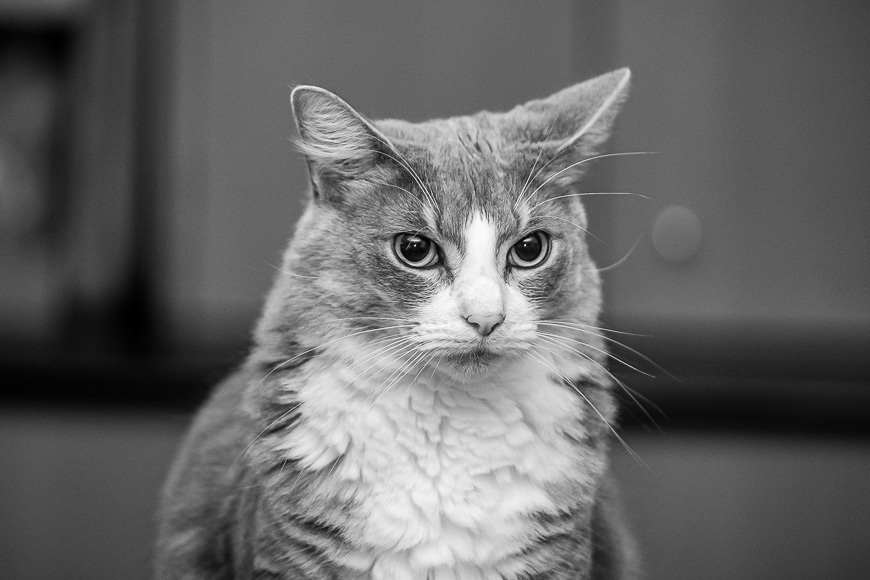
Fuji 50-140mm sample image: Greg Cromie
Close-up images are also sharp, and the lens has absolutely no problems with chromatic aberration.
All in all, it’s an excellent lens, as you’d expect from something aimed at professionals.
Fujifilm XF 90mm F2 R LM WR (Best Telephoto Prime)
- Good autofocus
- Weather sealed
- Great image quality
- Not image stabilized
- Will be slightly bulky for some users
Somewhat of a speciality lens given its focal length, but it’s a great length for portraits, or other circumstances when you need to get up close from a distance, for example, shooting bands onstage.
Its autofocus locks on quickly and is accurate and quiet – all qualities that are essential for someone shooting in those situations.
The images it creates (or helps you create) have incredible compression and sharpness, and there is no vignetting, no low-light image flare, and zero chromatic aberration.
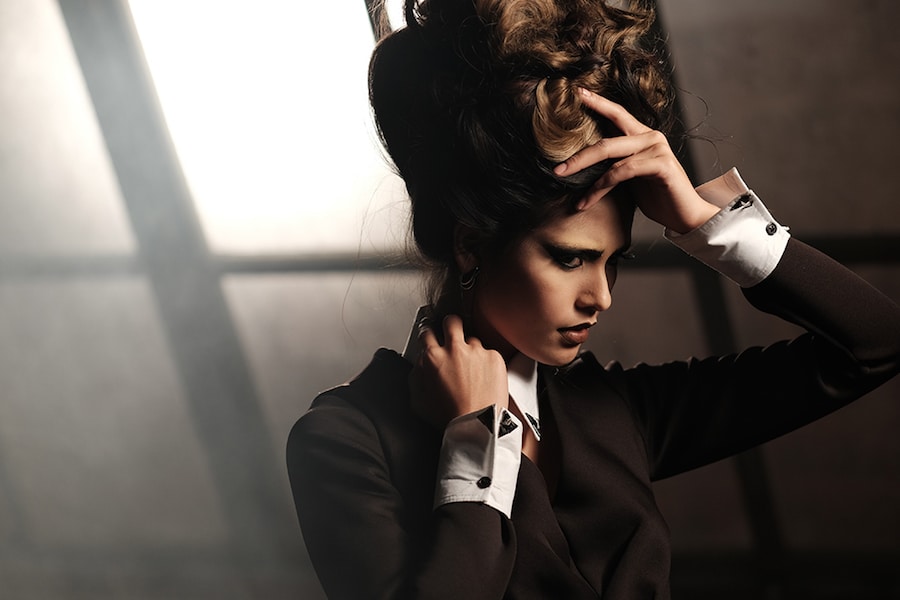
Fuji 90mm f/2 sample image: Niko Villegas
For these reasons, this 90mm is often called ‘Fuji’s most beautiful lens’ by those in the know (i.e. all Fuji shooters!)
As with any telephoto lens, it won’t make your X-Pro 3 feel very ‘pocketable’ any more, but it’s a tradeoff you should be willing to make in the pursuit of the ultimate bokeh out of your APS-C sensor.
Fujifilm XF 70-300mm F4-5.6 R LM OIS WR (Best Long-Range Zoom)
- Weather-sealed
- Image stabilization
- Good build and optical quality
- Excellent zoom range
- Exhibits some focus pulling
- Autofocus is not as high quality as some other Fuji lenses
The Fujifilm XF 70-300mm F4-5.6 R LM OIS WR is a surprisingly portable piece of kit for something with such a vast range.
It’s a good telephoto lens for shooting the moon, compressing landscapes or street scenes.
You can also use it for sports photography, although nothing too fast, as the aperture range won’t give you those super-high shutter speeds.
As it’s quite a heavy lens, you might not want to hold it by hand for long periods with the X-Pro 3.
But as it has Fujifilm’s hallmark image stabilization, you can still get high-quality, stable photography and videography for as long as your wrist lasts.
Image quality is good across the range, very sharp in the centre, with only a little softness towards the edges fully zoomed-out, and fully zoomed-in.
Sigma 18-50mm F2.8 DC DN (Best Value Short-Range Zoom)
- Compact
- No focus breathing
- Good build quality
- Excellent value for money
- No image stabilization
This Sigma is a small, fun lens with a good focal length for pretty much all kinds of everyday use.
Despite its light, compact build, it still feels solid.
Images are razor-sharp in the centre throughout the focal length, although they tend to be quite soft at the edges at wider apertures.
This is to be expected though – traditionally this size of zoom lens is much bigger and heavier, and if you scale down a lens into this compact of a package, there will always be a trade-off.
Perhaps best of all is the price – while it’s by no means ‘budget’, you’ll find it’s cheaper than the nearest Fujifilm alternative, and excellent value for such a versatile ‘do-it-all’ focal range.
Zeiss Touit 50mm f/2.8 Macro (Best Macro Lens)
- Good build quality
- Fast autofocus
- Razor-sharp images close to subject
- Lens is a little front-heavy
- Autofocus struggles with accuracy
- Image quality drops off with distance
For those Fuji X-Pro 3 users who want to get very close to their subjects, this is a compact lens that has a nice and sturdy feel to it in use.
It has fantastic image quality, and the closer you get to your subject, the sharper it gets, which is exactly what you want from a macro lens!
Shooting macros with the X-Pro 3 feels a bit odd to me, but remember that you can use this lens for portrait photography too – being a Zeiss, there’s a certain look to the images it creates, especially noticeable in the out-of-focus areas.
Third-party lenses for Fuji cameras are always a lot of fun to shoot, and provide a refreshing alternative to all that ‘perfection’ of Fujinon glass.
At close to a thousand bucks, the price of the Zeiss Touit 50mm may be hard to swallow for some, but if you want to shoot macro with your X-Pro 3, this is truly a unique lens.
Which Lenses Work Best With the X-Pro 3’s Optical Viewfinder?
The XP3’s OVF is excellent for anything between 23-35mm and quite useable for 50mm.
Longer than this, though, and you’ll find the lens encroaches into your field of vision too much.
Even though there’s an overlay (so you can still see your framing), having a big lens jutting into the frame is irritating.
This ‘lens creep’ is the reason prime lenses work best with Fuji’s OVF. They’re the most compact lenses so won’t take up too much space.
Added to that, because their focal length is constant, your view through the viewfinder will remain the same size and not shrink as you zoom out as it would with zoom lenses.
Which Fuji and Non-Fuji Lenses Work With the X Pro3?
The Fujifilm X-Pro3 uses the Fujifilm X-mount system, meaning it’s compatible with a wide range of Fujifilm X-mount lenses, as well as several third-party lenses designed for this mount.
Here are some of the options:
Fujifilm Lenses:
- Fujinon XF Lenses: These are high-quality lenses that cover a wide range of focal lengths and maximum apertures. Examples include the Fujinon XF 23mm F2 R WR for street photography, the Fujinon XF 56mm F1.2 R for portraiture, or the Fujinon XF 10-24mm F4 R OIS WR for landscape and architecture.
- Fujinon XC Lenses: These are generally more affordable and lighter than the XF lenses, but still offer good image quality. They’re a good option for beginners or those on a budget.
Non-Fujifilm Lenses:
Several third-party manufacturers make lenses for the Fujifilm X-mount system. These can be a good option if you’re looking for a lens that Fujifilm doesn’t offer, or if you’re looking to save money. Here are a few examples:
- Zeiss Touit Lenses: Zeiss makes several lenses for the X-mount system, including the Zeiss Touit 32mm F1.8 and Zeiss Touit 12mm F2.8.
- Samyang/Rokinon: These brands offer several affordable manual focus lenses for the X-mount system, such as the Samyang/Rokinon 12mm f/2.0 NCS CS for wide-angle photography.
- Viltrox: This company offers several affordable autofocus lenses for the X-mount system, like the Viltrox 85mm F1.8 STM.
- Laowa: Laowa offers a variety of unique lenses for the X-mount system, including ultra-wide-angle and macro lenses.
What Makes the FujiFilm X-Pro 3 Special?
If you found this article, you probably already own one of these wonderful cameras.
However, if that’s not the case, here’s a little run down of the main features why I, and so many other Fujifilm shooters, love the X-Pro 3 camera:
- Advanced Hybrid Viewfinder: One of the defining features of the X-Pro3 is its Advanced Hybrid Viewfinder. It can switch between optical (OVF) and electronic (EVF) modes, giving photographers more flexibility. The optical viewfinder provides a clear, lag-free view of your subject, while the electronic viewfinder can display additional information like exposure settings and a live preview of your image.
- Hidden LCD Screen: The X-Pro3 sports a hidden LCD screen, meaning the main display on the back can be folded away. This design decision was made to encourage photographers to shoot more like they would with a film camera, focusing on the scene at hand instead of constantly reviewing images.
- Sub-Monitor Display: When the main LCD screen is folded away, a small secondary display comes into view. It’s designed to mimic the end of a roll of film, showing basic shooting information or a representation of the currently selected film simulation.
- Duratect™ Coating: The body of the X-Pro3 has a special coating called Duratect™ (available on Dura Silver and Dura Black versions), which makes the camera highly resistant to scratches. This adds to the overall durability of the camera, making it suitable for professional use in various conditions.
- Film Simulation Modes: Fujifilm is known for its film simulation modes, which emulate the look of classic Fujifilm film stocks, and the X-Pro3 comes with several of these, including some new ones. This allows photographers to achieve a variety of color and monochrome effects straight out of the camera.
- Image Quality: The X-Pro3 uses Fujifilm’s X-Trans CMOS 4 sensor and X-Processor 4. This combination delivers high-quality images with excellent color reproduction, wide dynamic range, and good low-light performance.
- Build and Design: The X-Pro3 follows the design philosophy of the previous X-Pro models, sporting a compact, rangefinder-style body with manual control dials. This design is appreciated by many photographers for its retro aesthetic and intuitive controls.
- Titanium Body: Unlike most cameras that use magnesium alloy, the X-Pro3’s body is made of titanium, which is lighter and stronger, offering a more durable construction.
As much as I love the X-Pro 3, I don’t personally like using it with telephoto lenses since it upsets the balance of the camera.
My preference is to mount the Fuji 23mm f/1.4 to it and keep it there all day.
However, I appreciate that not everyone likes this minimalist approach to photography, which is why I’ve included a range of Fujinon lenses in this article.
Hopefully, you find an awesome lens to pair with your X-Pro 3 – it definitely deserves only the best!

Combination of versatile 35mm-equivalent focal length and fast f/1.4 aperture makes this weather-resistant lens a firm everyday favorite for the X-Pro 3.





